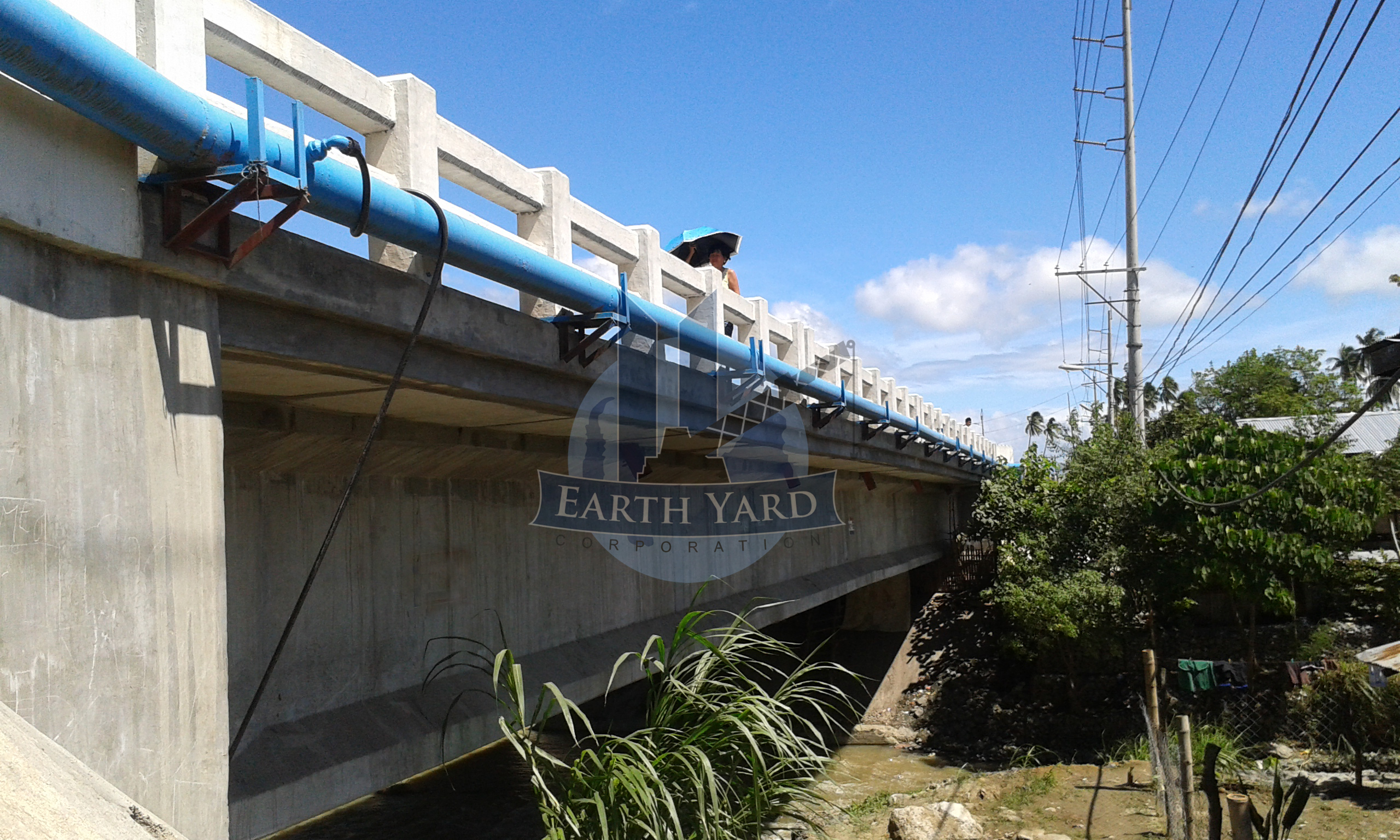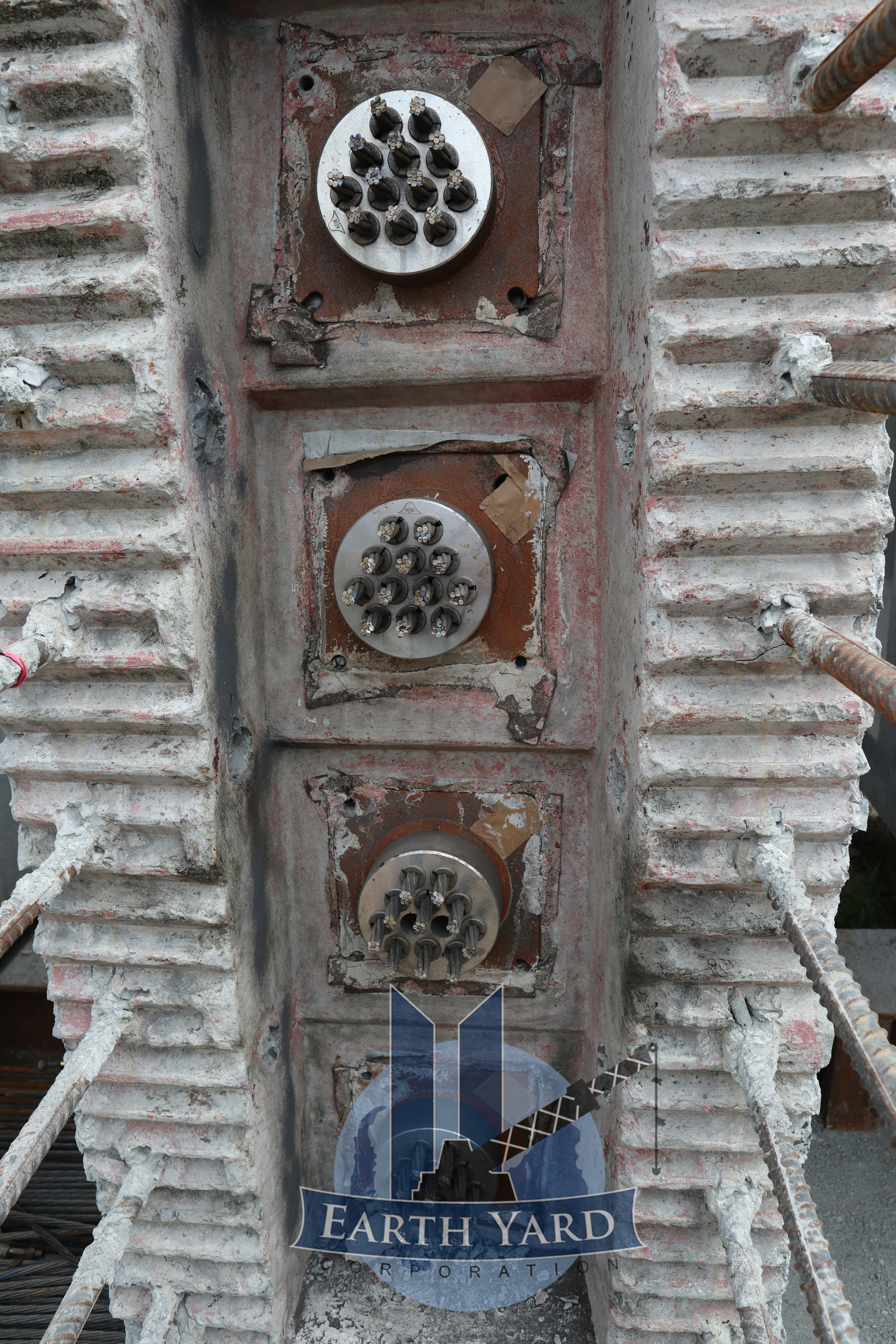
Post-tensioning is a method of reinforcing (strengthening) concrete or other materials with high-strength steel strands or bars, typically referred to as tendons. Post-tensioning applications include office and apartment buildings, parking structures, slabs-on-ground, bridges, sports stadiums, rock and soil anchors, and water-tanks. In many cases, posttensioning allows construction that would otherwise be impossible due to either site constraints or architectural requirements.
Although post-tensioning systems require specialized knowledge and expertise to fabricate, assemble and install, the concept is easy to explain. Imagine a series of wooden blocks with holes drilled through them, into which a rubber band is threaded. If one holds the ends of the rubber band, the blocks will sag.
Post-tensioning can be demonstrated by placing wing nuts on either end of the rubber band and winding the rubber band so that the blocks are pushed tightly together. If one holds the wing nuts after winding, the blocks will remain straight. The tightened rubber band is comparable to a post-tensioning tendon that has been stretched by hydraulic jacks and is held in place by wedge-type anchoring devices.

To fully appreciate the benefits of post-tensioning, it is
helpful to know a little bit about concrete. Concrete is
very strong in compression but weak in tension, i.e. it will
crack when forces act to pull it apart. In conventional
concrete construction, if a load such as the cars in a
parking garage is applied to a slab or beam, the beam will
tend to deflect or sag.
This deflection will cause the
bottom of the beam to elongate slightly. Even a slight
elongation is usually enough to cause cracking. Steel
reinforcing bars (“rebar”) are typically embedded in the
concrete as tensile reinforcement to limit the crack widths.
Rebar is what is called “passive” reinforcement however;
it does not carry any force until the concrete has already
deflected enough to crack. Post-tensioning tendons, on the
other hand, are considered “active” reinforcing. Because it is
prestressed, the steel is effective as reinforcement even
though the concrete may not be cracked. Post-tensioned
structures can be designed to have minimal deflection and
cracking, even under full load.
